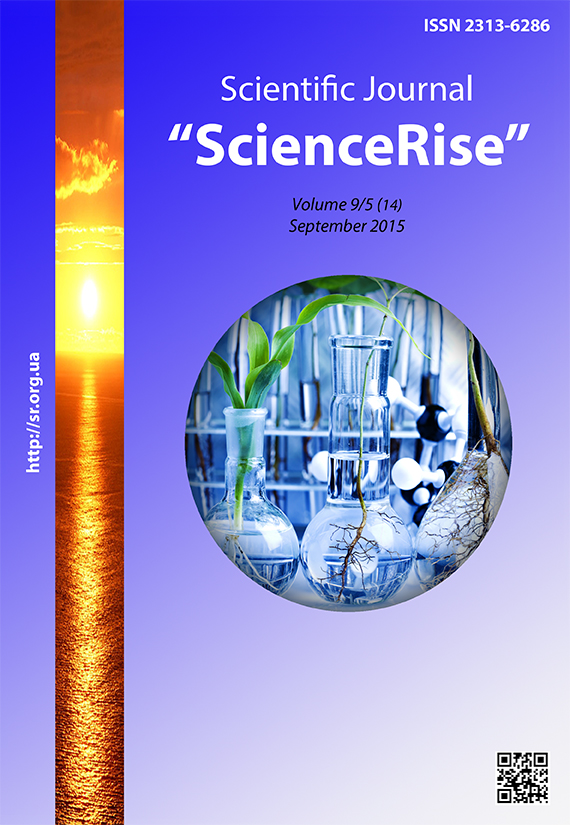Вища та післядипломна освіта – взаємодія та баланс цілей в сучасних умовах
DOI :
https://doi.org/10.15587/2313-8416.2015.50828Mots-clés :
статус закладу післядипломної педагогічної освіти, єдине технологічне середовище підготовки, перепідготовки та підвищення кваліфікації педагогічних кадрівRésumé
У роботі проведено аналіз основних тенденцій щодо створення умов для навчання та перепідготовки кадрів протягом усього життя у системах вищої освіти та додаткової професійної освіти. Розглянуто варіанти диверсифікації навчальних програм, урізноманітнення типів провайдерів та форм додаткової професійної освіти, зокрема в системі педагогічної освіти, та покращання взаємодії з ринком праці
Références
Kochemyrovs'ka, O. O. (2014). Rozvytok trudovogo potencialu jak chynnyk ekonomichnogo zrostannja Ukrai'ny. Kyiv: NISD, 108.
Mozhaeva, L. G. (2001). Jevoljucija koncepcii obrazovanija v sovremennom mire. Jekonomika obrazovanija, 6 (7), 20.
Gavrylyshyn, B. (2015). «Misija universytetu: vchyty chy dopomagaty vchytysja?» Konferencija "Sapere aude! Ukrai'ns'kyj Vil'nyj Universytet: 1945-2015".
Fedorenko, V. G. (Ed.) (2007). Teoretychni ta prykladni zasady investycijno-innovacijnogo rozvytku ekonomiky ta rynku praci v Ukrai'ni. Kyiv: IPK DZSU, 317.
Silkina, N. V., Silkin, R. S. (2006). Tendencii razvitija i problemy reformirovanija vysshego obrazovanija. Jekonomika obrazovanija, 2, 17–24.
Sybircev, V. V. Suchasni tendencii' rozvytku pisljadyplomnoi' osvity: Dopovid' na konferencii' «Vseukrai'ns'ka naukovo-metodychna konferencija «Andragogichni zasady pisljadyplomnoi' osvity». Available at: http://konferenciya.jimdo.com
Téléchargements
Publié-e
Numéro
Rubrique
Licence
(c) Tous droits réservés Михайло Филимонович Степко 2015

Cette œuvre est sous licence Creative Commons Attribution 4.0 International.
Our journal abides by the Creative Commons CC BY copyright rights and permissions for open access journals.
Authors, who are published in this journal, agree to the following conditions:
1. The authors reserve the right to authorship of the work and pass the first publication right of this work to the journal under the terms of a Creative Commons CC BY, which allows others to freely distribute the published research with the obligatory reference to the authors of the original work and the first publication of the work in this journal.
2. The authors have the right to conclude separate supplement agreements that relate to non-exclusive work distribution in the form in which it has been published by the journal (for example, to upload the work to the online storage of the journal or publish it as part of a monograph), provided that the reference to the first publication of the work in this journal is included.

